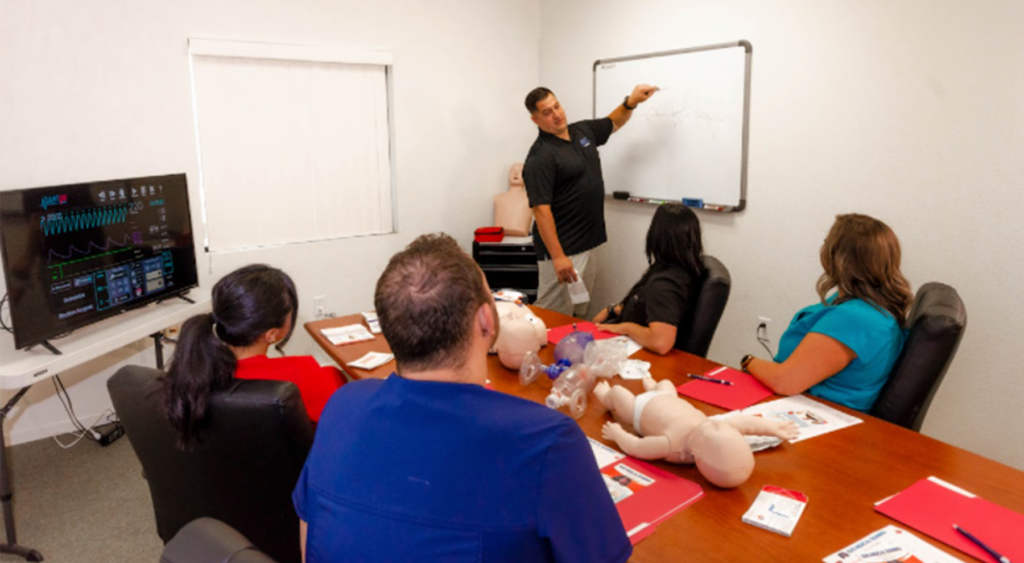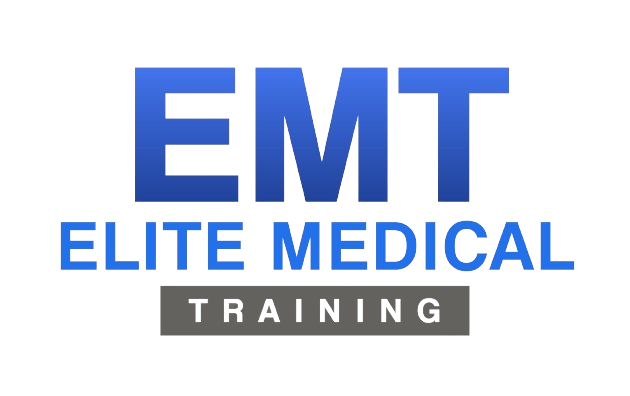How to be certified in basic life support (BLS) will need a critical set of skills and techniques that are used to sustain life in emergency situations. These skills include cardiopulmonary resuscitation (CPR), the use of an automated external defibrillator (AED), and airway management.
BLS training is essential for anyone who wants to be prepared to respond to a medical emergency. In this blog post, we’ll provide an overview of BLS certification and training, including the skills you’ll learn and the benefits of getting certified.

What is Basic Life Support Training?
Basic life support training is designed to teach individuals how to provide immediate care to someone who is experiencing a medical emergency and technically how to be certified in basic life support. BLS skills can be used in a variety of settings, including hospitals, clinics, schools, and even in public places.
BLS training typically includes instruction on the following skills:
- CPR: Cardiovascular resuscitation (CPR) is a technique that is used to keep blood and oxygen flowing to the body’s vital organs during a cardiac arrest. During CPR, the rescuer uses chest compressions and rescue breaths to maintain blood flow and oxygenation.
- AED: An automated external defibrillator (AED) is a device that is used to restore a normal heart rhythm in someone who is experiencing sudden cardiac arrest. BLS training includes instruction on how to use an AED safely and effectively.
- Airway management: This skill involves maintaining an open airway in someone who is having difficulty breathing. This can include techniques such as head-tilt chin-lift, jaw thrust, and suctioning.
Benefits of Basic Life Support Training
There are many benefits to getting certified in basic life support. Here are just a few:
- Increased confidence: Knowing how to respond to a medical emergency can give you the confidence you need to act quickly and effectively in a crisis.
- Better outcomes: When someone is experiencing a medical emergency, every second counts. BLS training can help you provide the necessary care quickly, which can improve the patient’s chances of survival.
- More job opportunities: Many healthcare and emergency response jobs require BLS certification, so getting certified can open up new job opportunities for you.
- Enhanced teamwork: Learning how to be certified in basic life support training emphasizes effective teamwork during emergency situations. By learning to collaborate with other healthcare professionals, you can optimize patient care and achieve better outcomes collectively.
- Personal fulfillment: Knowing that you have the skills to potentially save a life brings a deep sense of personal fulfillment and purpose. You become a valuable asset to your community, and the satisfaction that comes from making a difference is immeasurable.
How to Be Certified in Basic Life Support
BLS certification courses are offered by a variety of organizations, including Elite Medical Training. These courses teach you how to be certified in basic life support take several hours to complete and involve a combination of classroom instruction and hands-on practice.
How to be certified in basic life support: you’ll need to pass a written exam and demonstrate your skills in a practical test. Certification is typically valid for two years, after which you’ll need to take a refresher course to maintain your certification.
Basic life support training is an essential set of skills for anyone who wants to be prepared to respond to a medical emergency. Whether you’re a healthcare provider, first responder, or just someone who wants to be prepared, getting certified in BLS can give you the confidence you need to act quickly and effectively in a crisis. So if you haven’t already, consider signing up for a BLS certification and renewal class near you today.
Our BLS training centers are available at these locations in California, USA:
Ballico, California | Bell, California | Ceres, California | Crows Landing, California | Delhi, California | Denair, California | Downey, California | Escalon, California | Empire, California | Hacienda Heights, California | Hickman, California | Hilmar, California | Hughson, California | Keyes, California | La Habra, California | La Mirada, California | La Puente California | Lathrop, California | Manteca, California | Modesto, California | Montbello, California | Norwalk, California | Oakdale, California | Patterson, California| Pico Rivera, California | Ripon, California | Riverbank, California | Rosemead, California | Salida, California | Santa Fe, California | South El Monte, California | Stevinson, California | Stockton, California | Turlock, California | Vernalis, California | Waterford, California | Westley, California
How Long Does it Take to Complete the BLS Training?
The training sessions are designed to be concise and focused, providing you with the essential knowledge and skills needed to respond effectively in emergency situations. Typically, a BLS training program often takes around 3 to 4 hours to complete.

